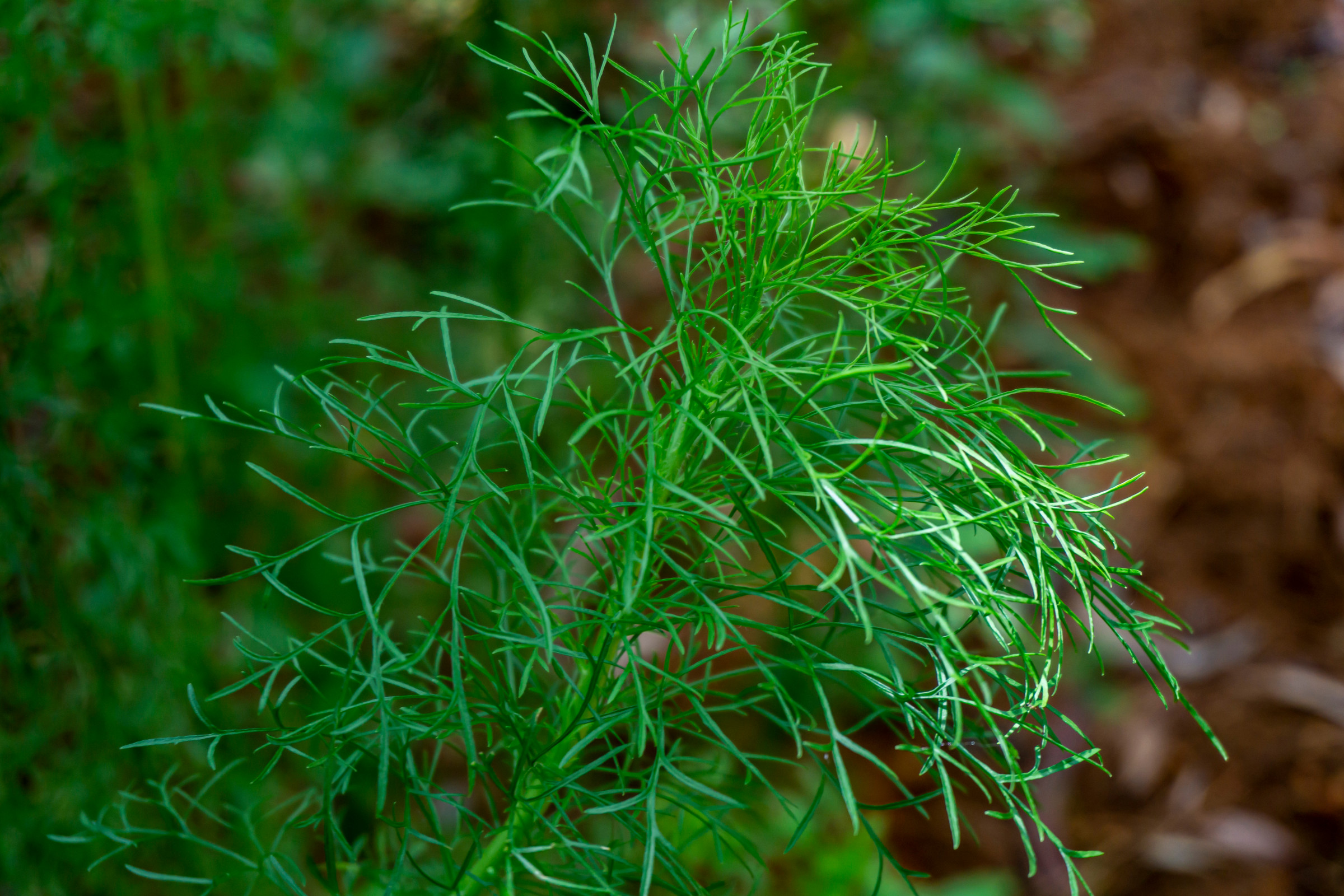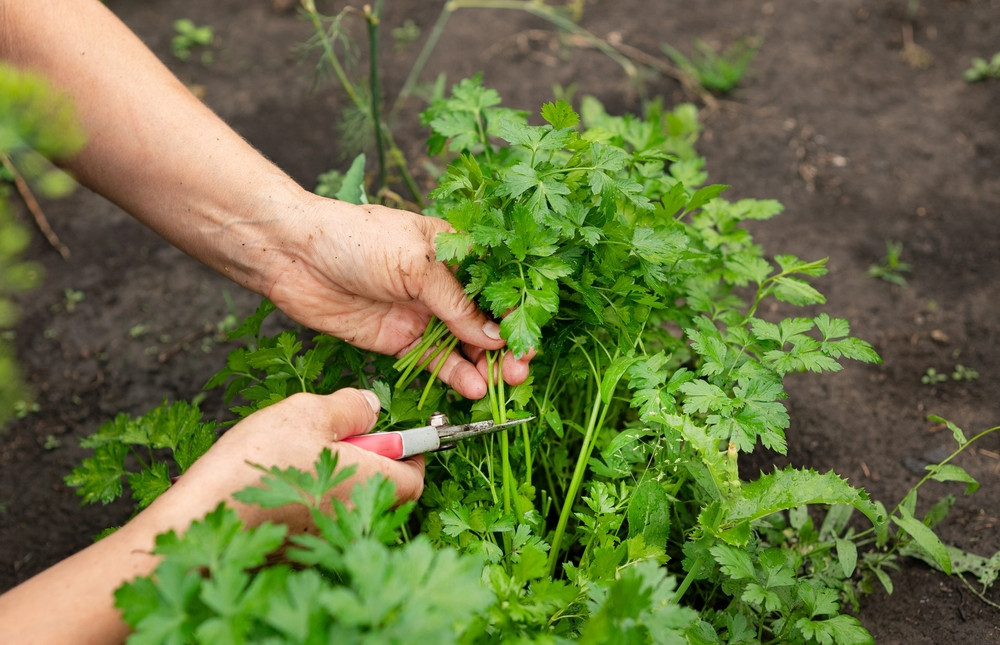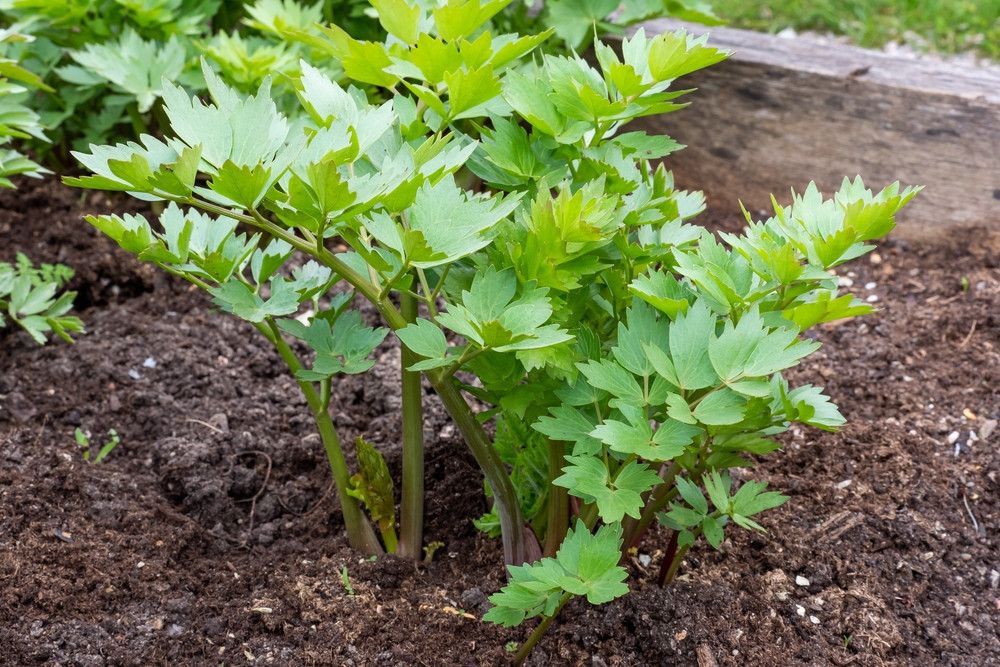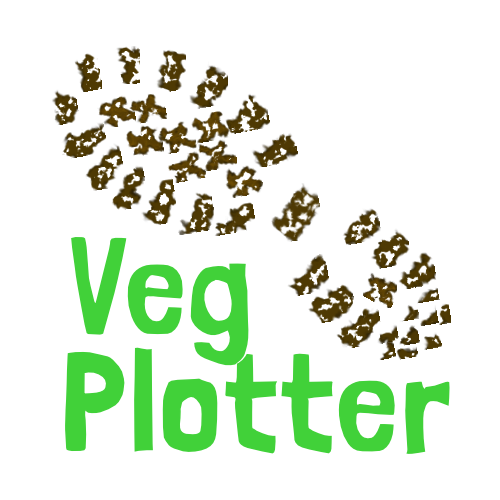Top 10 Popular Herbs and Their Benefits

Adding a dedicated herb section to your vegetable garden is a fantastic way to enhance your culinary creations and enjoy the many benefits these plants offer. Herbs are generally easy to grow and can thrive in various settings, from formal beds to containers.
Planning Your Herb Garden
Before you start planting, consider a few key factors to ensure your herbs thrive. Most herbs prefer a location with plenty of sunlight, so choose a spot that receives at least six hours of sun per day. Herbs also appreciate well-draining soil, which you can improve by adding compost.
For a simple and effective design, you can create a raised bed or use containers. Raised beds offer excellent drainage and allow you to control the soil composition, while containers are perfect for smaller spaces or for containing aggressive herbs like mint. You can also incorporate herbs into your existing vegetable beds as companion plants, as many herbs can deter pests and attract beneficial insects.
Top 10 Popular Herbs and Their Benefits
Here are ten of the most popular herbs to include in your garden, each with unique uses and benefits:
- Basil: A staple in Italian cuisine, basil's sweet and peppery flavor is perfect for pesto, salads, and sauces. It's also known to help with stress and anxiety.
- Mint: With its refreshing aroma, mint is a versatile herb used in teas, cocktails, and desserts. Be sure to plant it in a container, as it spreads aggressively.
- Rosemary: This woody, fragrant herb is a must-have for seasoning roasted meats and vegetables. It's also known to aid memory and concentration.
- Thyme: A hardy herb with a subtle, earthy flavor, thyme is a great addition to soups, stews, and poultry dishes. It has antiseptic properties and can be used to soothe sore throats.
- Parsley: Available in flat-leaf and curly varieties, parsley is a fresh, vibrant garnish and a key ingredient in many dishes. It is rich in vitamins A, C, and K.
- Oregano: A classic in Mediterranean cooking, oregano's bold flavor pairs well with tomato-based dishes and grilled meats. It has powerful antioxidant and antibacterial properties.
 Dill
Dill
- Dill: Known for its feathery leaves and distinctive flavor, dill is essential for pickling and complements fish and potato dishes. Chewing dill seeds can help with bad breath.
- Lavender: Widely known for its calming fragrance, lavender is excellent for aromatherapy and sachets. Its edible flowers can be used in teas, baked goods, and as a garnish. It also attracts beneficial pollinators to the garden.
- Sage: With its strong, savory flavor, sage is a favorite for seasoning poultry and stuffing. It has been traditionally used to help with sore throats and digestive issues.
 Cilantro / Coriander
Cilantro / Coriander
- Cilantro / Coriander: This herb has a bright, citrusy flavor that is central to many Mexican and Asian dishes. The seeds are dried to make the spice coriander.
For the Adventurous Gardener
If you're looking to expand your herb garden with some less common varieties, consider these unique options:
- Anise Hyssop: A member of the mint family, this herb has a mild licorice flavor that works well in salads and teas. Its beautiful purple flowers also attract pollinators.
- Borage: Also known as "starflower," borage has cucumber-flavored leaves and bright blue, star-shaped flowers that make a stunning garnish for salads and drinks.
 Lovage
Lovage
- Lovage: This tall, leafy herb has a strong celery-like flavor and can be used to add a savory depth to soups and stews.
- Stevia: A natural sweetener, the leaves of the stevia plant can be used to sweeten beverages and desserts without adding calories.
By carefully planning your herb section and choosing a variety of herbs, you'll create a functional and beautiful space that provides fresh flavors and natural benefits for years to come.


